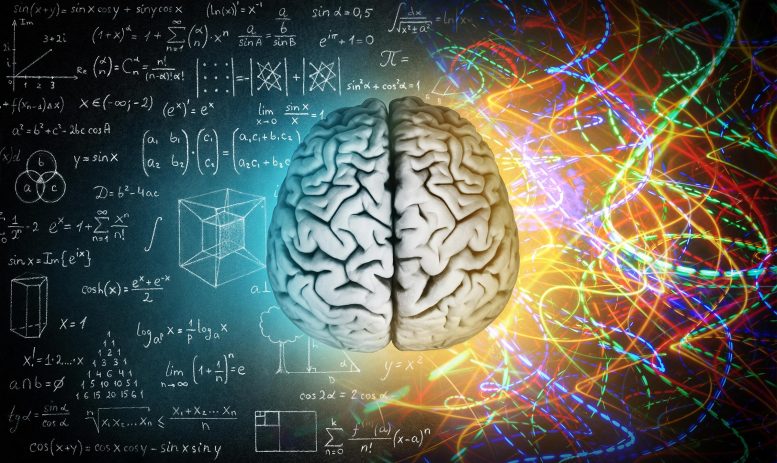
The study found that brain changes were far superior predictors of learning.
Brain scans predict students’ learning better than exam results and show the underlying structure of thinking.
According to recent research published in Science Advances, the conventional exams and grades that schools have long employed may evaluate learning less accurately than brain scans. The study, which was conducted by a group of researchers from seven institutions under the direction of Georgetown University neuroscientists, may not only change how educators design curricula but reveals a hidden link in the human mind.
“For a long time, psychologists and philosophers have debated whether spatial thinking, like mental images of objects, is actually hiding underneath thinking that seems verbal,” explains Adam Green. He is the study’s senior author and Provost’s Distinguished Associate Professor at Georgetown College of Arts and Sciences in the Department of Psychology. “If this is true, then teaching students to improve their spatial thinking skills should boost their verbal reasoning ability.”
The researchers examined a “spatially-enriched” science course taught at Virginia’s public high schools that places an emphasis on spatial thinking skills such as creating maps and considering how cities may be redesigned to use less energy. Students’ brains changed as they learned the course material, as shown by Magnetic Resonance Imaging (MRI) scans, and these changes were compared to conventional methods of measuring learning (e.g., changes in test scores).
The brain changes were far more accurate predictors of learning, particularly a kind of learning known as “far transfer” that is so deep that it helps students in completing tasks that they weren’t even taught how to do. For educators, far transfer is a kind of holy grail that is notoriously hard to measure with traditional exams.
Making Models in the Mind
The team’s findings support Mental Model Theory, or MMT, which proposes that when humans grasp spoken or written language the mind “spatializes” this information, relying on systems in the brain that initially developed to help our primate ancestors nimbly traverse complicated landscapes.
When the researchers assessed verbal reasoning, about words in sentences rather than objects on maps, they found marked improvements in the students who had taken the course emphasizing spatial thinking. Furthermore, the better students got at spatial thinking, the more their verbal reasoning improved.
“These findings demonstrate that mental modeling could be an important basis for far transfer in real-world education, taking skills from the classroom and applying them more generally,” says lead author and Psychology Ph.D. student Robert Cortes (C’18, G’23). “This study not only informs our understanding of how education changes our brains, but it also reveals key insights into the nature of the mind.”
“Verbal reasoning is one of the most powerful tools that human evolution has produced,” Cortes argues. “It is incredibly exciting to combine neuroscience and education to better understand how the human brain learns to reason. Hopefully, we can leverage these findings to improve human reasoning more broadly.”
The study team discovered that changes in spatial processing centers in students’ brains, specifically the posterior parietal cortex, could best predict improvements in verbal reasoning, providing additional evidence for MMT in the brain.
Creating Curriculum for the Cranium
While the debate about mental models has a long history, one of the hottest debates in the modern educational landscape is whether neuroscience can improve teaching and learning in schools. Though promising in theory, efforts to integrate neuroscience with education have proved challenging in the real world. One of the major barriers is that neuroscience tools, like MRI scans, are expensive and time-consuming, making it unlikely that they can be applied at the large scale of education policy and practice.
“We can’t scan every kid’s brain, and it would be a really bad idea to do that even if it was possible,” says Green, who is also a faculty member in the Interdisciplinary Program in Neuroscience.
Critics have long expressed concerns about whether the data that neuroscience provides can really tell educators anything they couldn’t find out using traditional paper and pencil or computer-based tests.
The research team’s new findings point to a new way of integrating neuroscience with education that helps to overcome these challenges. Instead of focusing on each individual student’s brain, the study focused on the curriculum the students learned. The results show that brain imaging can detect the changes that come with learning a specific curriculum in real-world classrooms, and that these brain changes can be used to compare different curricula.
“Curriculum development can and does happen at the kinds of small scales that neuroscience can realistically accommodate,” Green says. “So, if we can leverage neuroimaging tools to help identify the ways of teaching that impart the most transferable learning, then those curricula can be widely adopted by teachers and school systems. The curricula can scale up, but the neuroimaging doesn’t have to.”
Students in the spatially-enriched curriculum showed more robust brain changes compared to closely matched students who took other advanced science curricula. These changes appear to indicate a deep learning of spatial abilities that the brain can apply in highly flexible ways, which may not be fully captured by traditional tests of specific skills. In particular, the study’s finding that brain changes can predict learning better than traditional tests provides strong evidence that the inside view afforded by neuroscience can give educators insights about far-transfer learning that they have long sought but that traditional learning assessments often miss.
According to Cortes, “This study is a great example of our department’s mission of bridging ‘Neurons to Neighborhoods’ through science. We hope to use this data to convince policymakers to increase access to this kind of spatially-enriched education.”
Reference: “Transfer from spatial education to verbal reasoning and prediction of transfer from learning-related neural change” by Robert A. Cortes, Emily G. Peterson, David J. M. Kraemer, Robert A. Kolvoord, David H. Uttal, Nhi Dinh, Adam B. Weinberger, Richard J. Daker, Ian M. Lyons, Daniel Goldman and Adam E. Green, 10 August 2022, Science Advances.
DOI: 10.1126/sciadv.abo3555
The study was funded by the National Science Foundation.
The authors report having no personal financial interests related to the study.

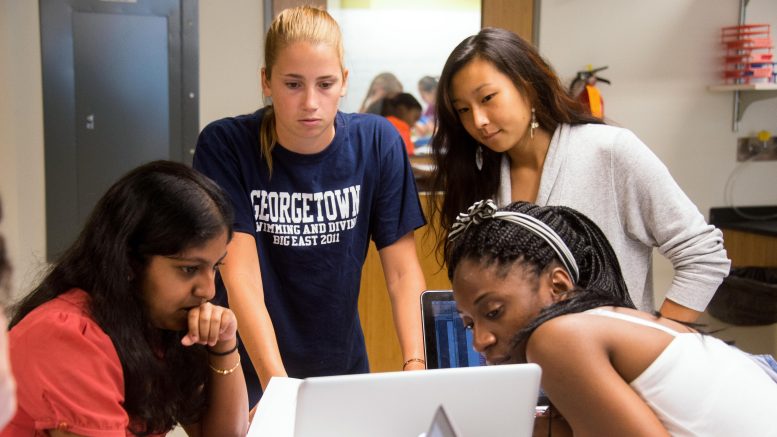
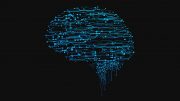

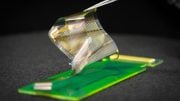


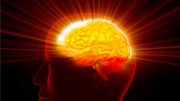
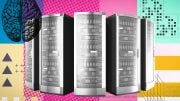

…”According to recent research published in Science Advances, the conventional exams and grades that schools have long employed may evaluate learning less accurately than brain scans.”… Well, who would tell 20 – 30 years ago!!!
The claim is made that someone may learn something but not be able to demonstrate what they learned through the conventional approach of asking with written questions. Of what value is the un-demonstrable ‘learning’ in the the application to real world problems? One should ask what the goal of education is, and whether it is being achieved.
Interesting result but it hardly seems practical to give students brain scans on a continuing basis. There are many exams, for example, that are very concerned with the mastery of particular knowledge (e.g., licensing exams, certifications, medical boards, etc.) rather than whether an individual has built a comprehensive model of the subject matter in their brain.